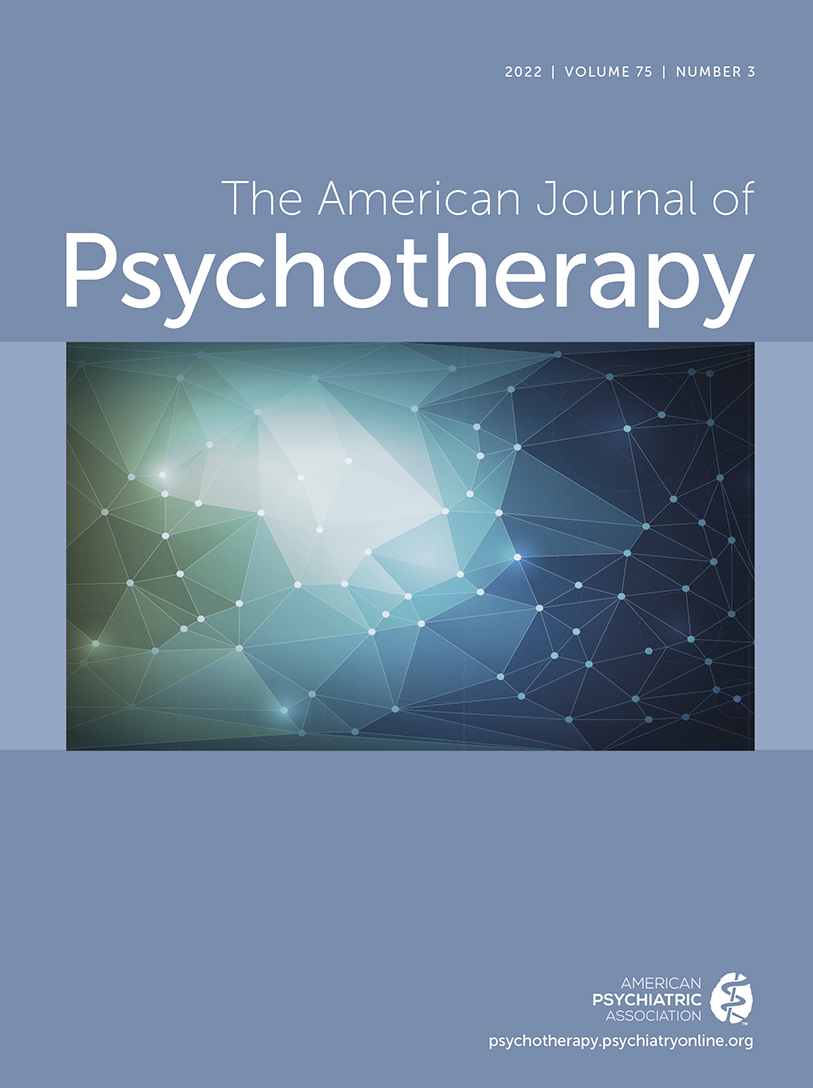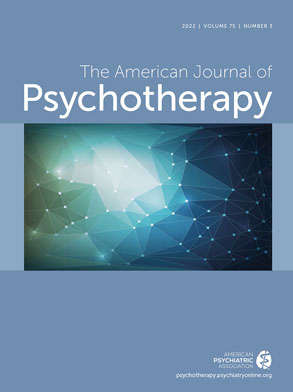This column describes the personal journeys of the authors throughout the development of a training project centered on compassion and motivational interviewing (MI). We were tasked to develop a project to improve interdisciplinary collaboration in mental health care as part of our Veterans Affairs health care training program. In doing so, we became interested in finding ways to increase compassion within ourselves and our colleagues. Our project aimed to increase compassion through compassion- and MI-focused Schwartz Center Rounds and a drop-in MI skills practice group.
Compassion is an essential ingredient in health care, yet we often find it lacking because of competing priorities and compassion fatigue (
1,
2). Efforts are under way to make more space for compassion in health care (
1,
2). For example, compassion is a core element of MI, along with partnership, acceptance, and evocation (
3). MI is one of the only evidence-based treatments for substance use disorders, with an abundance of evidence showing its effectiveness in overcoming ambivalence, improving treatment retention, and decreasing substance use (
4,
5). However, building and maintaining MI skills is often easier said than done, and research (
6) has shown that continued practice, consultation, and feedback within the workplace are necessary.
Other approaches have also been developed to increase compassion among health care providers, often focusing on self-reflection in peer groups. For example, Balint peer support groups aim to improve provider-patient relationships through leader-guided discussion and case examples (
www.americanbalintsociety.org). Although Balint groups are usually closed reflection groups consisting of one professional group, Schwartz Center Rounds are more often interdisciplinary, open to all staff, and avoid direct problem solving (
7). Schwartz Center Rounds offer providers an opportunity to share their feelings and perspectives on “the social and emotional issues they face in caring for patients and families” (
8), with the goal of reconnecting providers to their patients and colleagues. All facility staff are encouraged to attend the rounds, which usually include interprofessional panel members sharing how their experiences have affected them emotionally; attendees are guided to share similarly, with a focus on self-reflection, honesty, and openness (
8). Research on the efficacy of Schwartz Center Rounds in promoting compassion and providing emotional support for staff has been limited but has shown that attendees report positive impacts on themselves, their relationships with colleagues and patients, and broader cultural changes (
7).
Our compassion- and MI-focused Schwartz Center Rounds and online drop-in MI skills practice group shared the goal of making our clinical work more person centered. What follows are reflections and emergent discoveries from our implementation.
Our first major discovery in working together was that sometimes, even as helpers, finding compassion can be hard. We wanted to better understand this experience. One author (K.D.L.) explained:
One of my first crisis patients came to me profoundly sad and suicidal. “I want my life back,” he said, “and I want to drink—a lot.” His wife had left him earlier in the week, taking everything with her. I felt a unique stress I had never experienced before; my stomach was in knots. I thought, what if I say the wrong thing? How do I work with someone who is experiencing such a profound loss? And how do I work with someone who wants to make things worse by drinking a lot?
This author’s experience illuminates what is known as the “righting reflex” in MI, or the helper’s desire to try to promote healthier behaviors (
3). The problem is that when the righting reflex meets client ambivalence, most clients respond by defending their current behavior (
3). We found that we were not alone in this experience.
Another author (J.K.) spoke to this difficulty:
The Schwartz Center Rounds highlighted the ubiquity of the challenges of sitting with the “righting reflex.” I was struck by the conflict for many of us between wanting to be patient centered, to follow the patient’s lead, and to support their right to independence and struggling because we really care about this person in front of us, and it’s so hard to watch them make decisions that we think are hurting them.
So, what do we do? The answer is to practice compassion. Compassion is a key component of the “spirit of MI,” or what is really underneath all of the tools and techniques of the therapy; it is the antidote to the gridlock that happens when the righting reflex meets ambivalence (
3). We decided to adopt compassion as our personal mantra. The Schwartz Center Rounds were also a turning point in thinking about ways to return to compassion and highlighted the importance of coming together with other providers, as one author (K.D.L.) described:
I can see how bureaucratic hierarchies and silos impinge on quality care for our patients. These systems often take the “care” out of health care and replace it with numbers. The Schwartz Center Rounds reversed this and put our common humanity at the center of the work, as does the MI spirit of compassion. I understand now how cross-training and training that connects to a shared emotional sense is an effective teaching tool, especially when that shared sense is buffeted by compassion.
As our work continued, we began the weekly drop-in MI virtual practice group. We had a small group of people, mostly composed of other trainees in mental health care and peer support specialists. We practiced with role-plays focused on a particular client or with “real-plays” focused on an issue that we wanted to work on in our own lives. We took turns being the “provider” and the “patient” and giving each other feedback. Most people came sporadically for a session or two.
As we delved deeper into putting on that MI hat, we came to realize how important it is to have those regular reminders to return to compassion. The first author (J.K.) shared her experience:
“It helped me quit caffeine and clean my bedroom.” This is how I started trying to sell our MI practice session groups, but really it was so much more than a place to get free behavioral counseling. Mirroring the challenge of setting aside the noise to be fully present and compassionate, we found that it was hard for busy staff to find the time or motivation to practice MI with us. But I was grateful that at least I was able to have this space to reconnect to compassion every week. This space helped me see when I might be caught up in the “righting reflex” and to then shift into “rolling with resistance.” Maybe now I don’t even think of it as resistance, but as shades of gray; we don’t always know what’s “right.” Even more valuable were the “real-plays,” as a powerful reminder that we are all only human; there is no “us” as providers versus “them” as patients. We are not robots that always do what’s “right” for ourselves, either. Maybe I drink too much caffeine, and I don’t clean as much as I should. I think remembering that was the biggest lesson in empathy of all.
Another author (C.C.) had a similar experience in stepping into the patient role:
Once we were practicing, the elusiveness of MI began to fade away and its core elements came into view. As I sat in the client’s role during our weekly role-plays, I was attuned to any moment I felt unheard, any time when I felt disconnected. Each experience like that was a reminder of how my ambitions of helping others may have clouded my very ability to do so. It served as a prompt to consider how at times we need to step back and listen more closely.
Our original goal was to try to “infuse the spirit of MI” throughout the mental health clinic. Whether we succeeded in this overly lofty goal is not clear, but it is clear that we infused the spirit of MI and the mantra of compassion into ourselves. Through this experience, we learned three key lessons: first, the desire or pressure to help can get in the way of true compassion; second, coming together with other providers across levels of training and disciplines can facilitate a return to compassion; and third, putting yourself in your patients’ shoes with empathy whenever possible is a way to compassionately connect to our shared humanity. We will all be taking these lessons with us as we continue on our own professional journeys.

